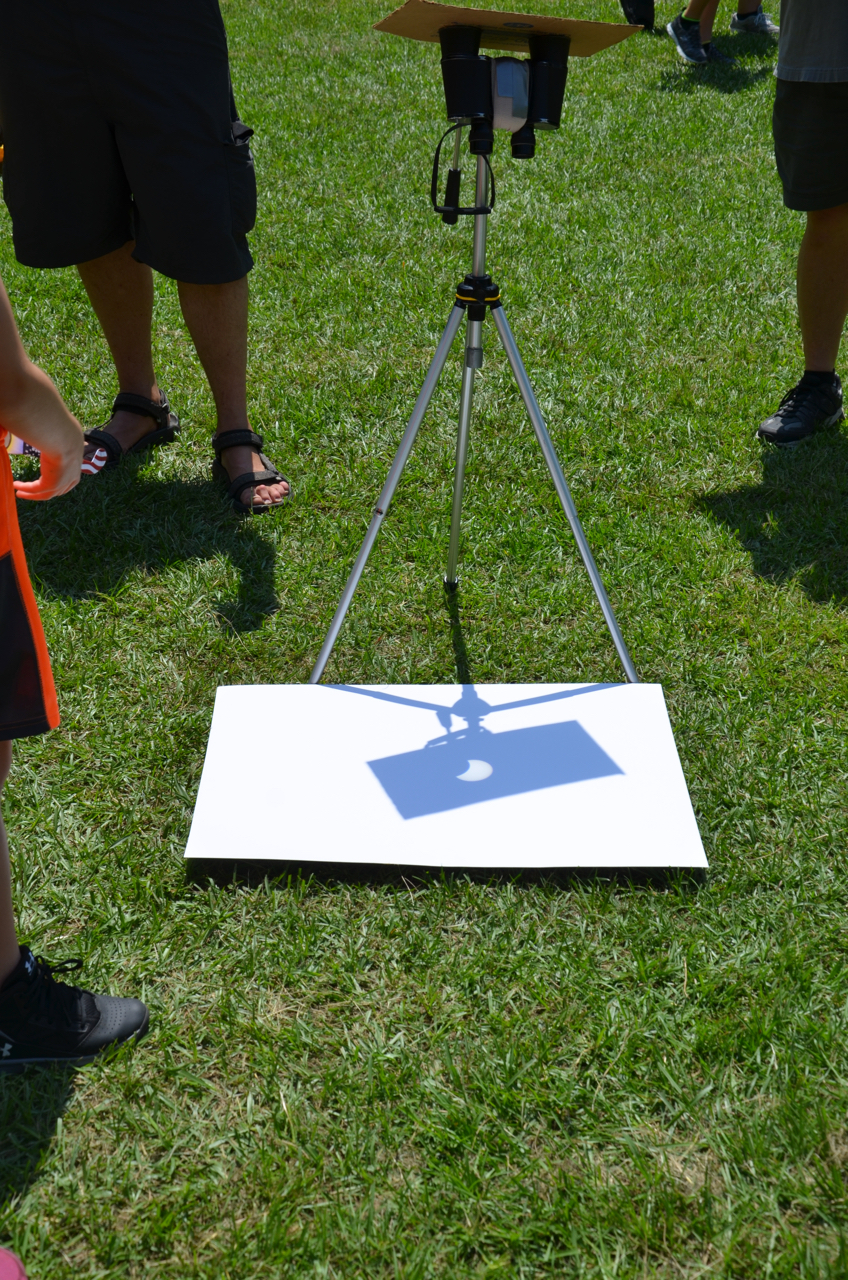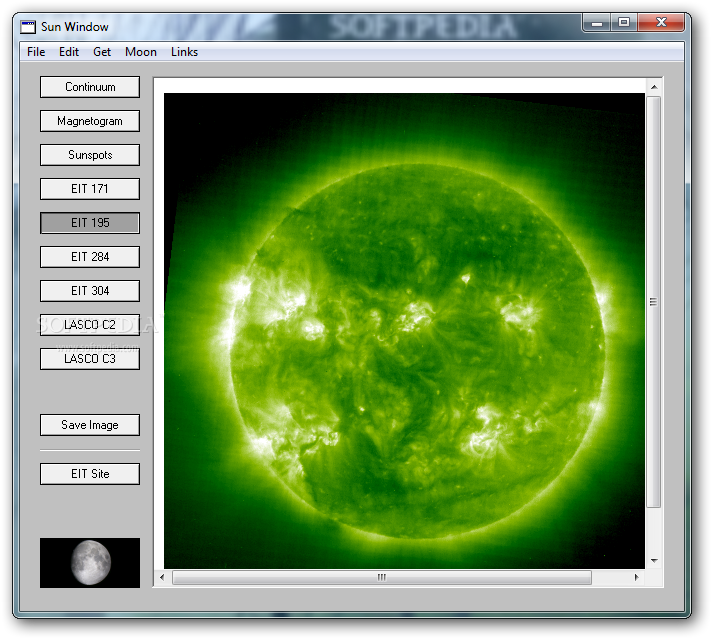

They are popular with people who do not consider themselves photographers but want an easy-to-use camera. Many point-and-shoots are small enough to fit in a pocket, making them perfect for snapshots of vacations, parties, and other events. Although the most basic cameras have a single-focal-length lens, more advanced models include a zoom lens. They usually have autofocus lenses, automatic exposure modes, and a small built-in flash. Point-and-shoot or compact cameras are the simplest digital cameras you can buy. Today, with a large memory card, you can shoot hundreds of digital eclipse images in a few minutes and see your results immediately after totality ends. To capture the diamond ring effect at the beginning of totality, the corona during totality, and the second diamond ring at the end of totality, you had to take pictures sparingly to make your film last. But perhaps you are too young to remember film cameras! Back in the old days of film, eclipse photographers had to carefully pace themselves because there were only 36 exposures on a roll of film. The result: Digital cameras have completely replaced film cameras. The price of electronic image sensors and memory cards has plunged while the ability to capture fine detail has leapt into many megapixels. In less than a decade, digital cameras have revolutionized the way we shoot pictures. A total eclipse grants you only a few precious minutes and everything must work perfectly. You need to be completely familiar with your camera and equipment, and you need to rehearse with them weeks before the eclipse. The day of the eclipse is not the time to try out a new tripod or lens. Even beginners can take great eclipse photos with some careful planning. New technologies in cameras and electronics are making eclipse photography easier than ever before. Sun fill the frame? Your decision will determine what kind of equipment you need. Are you partial to scenes with people and trees in the foreground and a small but distinct eclipsed Sun overhead? Or do you prefer a closeup in which the radiant corona or vivid red prominences of the eclipsed. The first step in eclipse photography is to decide what kind of pictures you want. You can take a snapshot of an eclipse with a simple camera (even a smartphone) if you can hold the camera steady or place it on a tripod.

It doesn’t take fancy or expensive equipment. How do you capture the spectacle of a total eclipse with a camera? Photographing an eclipse isn’t difficult. The following shortened excerpt from Totality: The Great American Eclipses of 20 shares photography tips for the upcoming 2017 total eclipse to help enthusiasts make the most of this event. Many will try to capture the beauty of the phenomenon in their minds, but a great number will attempt preserving physical documentation of the eclipse. On 21 August, millions of Americans will flock to a narrow strip along the country – the path of totality – to witness a rare event: a total solar eclipse.


 0 kommentar(er)
0 kommentar(er)
